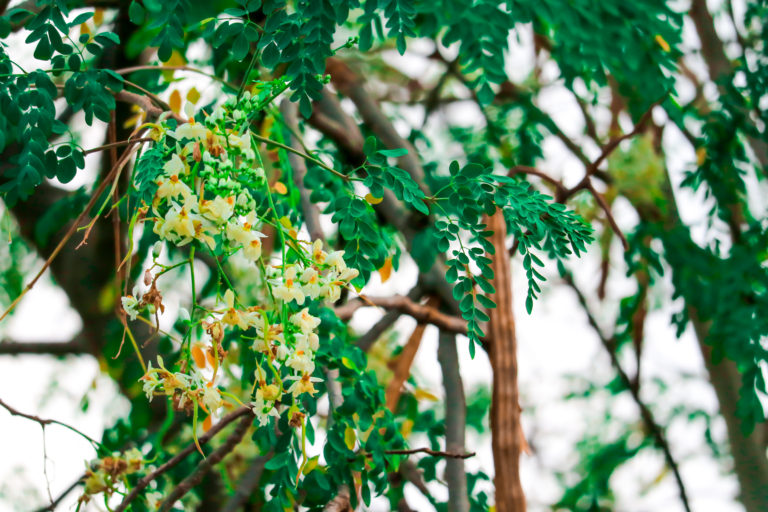The Moringa Tree
Introduction
The Moringa tree is one of the most incredible plants I have ever encountered. This may sound sensationalist, but Moringa’s nutritional and medicinal properties have the potential to end malnutrition, starvation, as well as prevent and heal many diseases and maladies worldwide. Moringa is truly a miracle plant and a divine gift for the nourishing and healing of man. This plant has so many uses and special features, it is hard to know where to begin sharing what I have learned about this wonderful plant. This book is the result of my research on Moringa. I have read many books, research papers, seen many videos, and have visited many websites. In this book, I have distilled the best and most useful information from all of these sources in order to save the reader from having to wade through all of the information out there about Moringa. This book will give you the key information in a concise way so that it will be easy to read and share its content with others. I plan to write more in the future about Moringa, but for now, this book will serve as an excellent introduction to Moringa.
Moringa is the sole genus in the flowering plant family Moringa ceae. The genus Moringa in turn is made up of 13 species. The species most common, and which is the main subject of this book is the species called “Moringa Oleifera.” Moringa Oleifera is found in many tropical and sub-tropical regions. Moringa can be grown in even the harshest and driest of soils, where barely anything else will grow. In fact, one of the ick names of Moringa is “never die” due to its incredible ability to survive harsh weather and even drought.

All Parts of The Moringa Tree Are Edible And Have Long Been Consumed By Humans. (Jed W. Fahey, 2005 )
Jed W. Fahey, Sc.D. , is a nutritional biochemist at the Johns Hopkins School of Medicine.
The most incredible thing about Moringa is the amount of nutritional and medicinal chemicals and compounds found in this plant. The chart below will give you a quick view of some of the notable nutrients contained in this plant.

Figure 1: Fuglie LJ (1999) The Miracle Tree: Moringa oleifera: Natural Nutrition for the Tropics. Church World Service, Dakar. 68 pp.; revised in 2001 and published as The Miracle Tree: The Multiple Attributes of Moringa, 172 pp.
As seen in the chart above, not only does Moringa contain vitamin A, vitamin C, Calcium, Potassium, Iron, and Protein, it contains it in high amounts that are easily digested and assimilated by the human body. The chart above highlights some of the commonly known nutrients needed by the human body. Moringa also contains, not one, not two, not three, but over 40 anti-oxidants. Moringa is said to contain 539 known compounds which according to traditional African and Indian medicine (Ayurvedic) is said to prevent of 300 diseases and maladies.